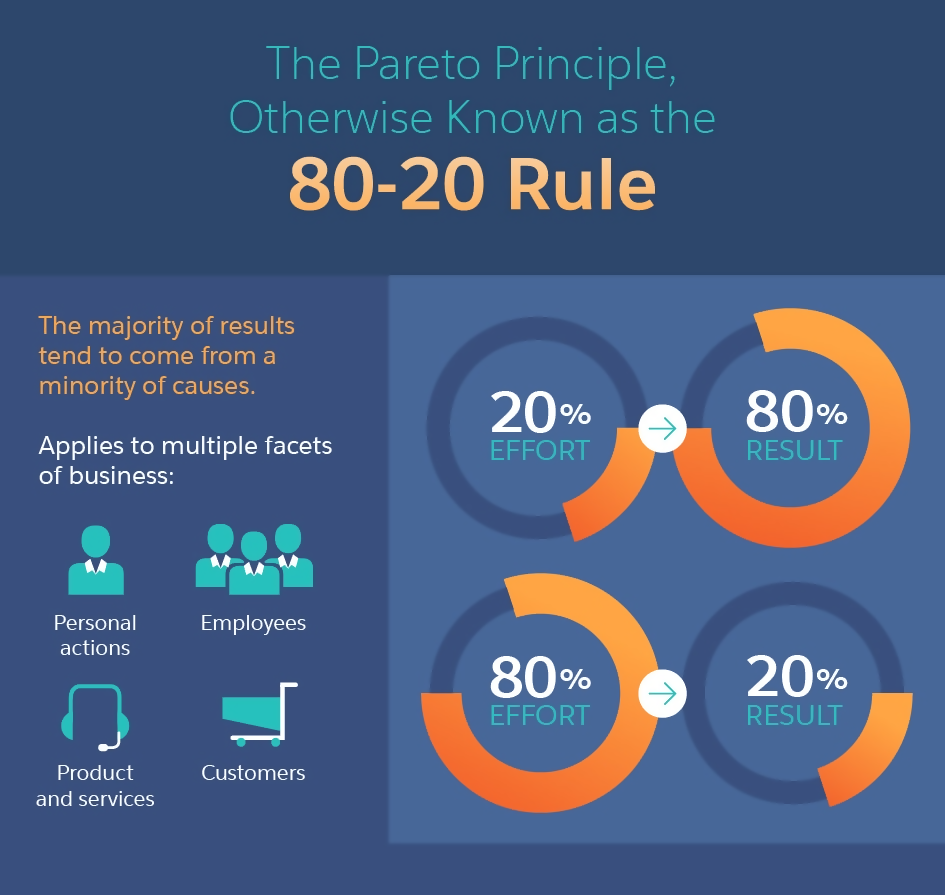In layman terms, your company’s market share reflects a percentage of the whole industry. Thus, the higher the better, right? This article will tell you everything that you need to know about achieving optimal market share.
The simple calculation of market share involves dividing a company’s sales by the total industry sales. The share of a market is one of the key determinants of profitability.
Here’s a representation of the search engine industry where Google dominates the market

Is increasing market share always desirable?

Since a high share of a market reaps numerous benefits i.e. attracting investors, customers and an overall good reputation, there are some cases in which increased market share may not be the best idea:
- If your company is close to fulfilling its production capacity, then increasing production automatically means investing in more inventory. When the extra capacity is not utilized fully, then your costs could be higher than your profits.
- when y
ou’re trying to increase your share of a market with the help of promotions and discounts, try to maintain a balance. Too much spending on marketing could bring down revenues instead of increasing them. - Your competitors will not make it easy on you if your market share rises. They may start price wars to generate more revenue and regain their share.
- If your company already has the highest share, trying to increase it further may result in ‘antitrust’ problems. Antitrust is
a government regulation in certain industries where product prices are regulated to prevent monopolization and promote competition. Increasing your share can be an issue in such situations.
Increasing market share
- Monopolize the market
In competitive industries, all businesses sell similar products so it becomes difficult to increase one’s share of a market. That is why if you try competing with other businesses you’re only going to be able to maintain your current share. To improve it, come up with unique ideas so that you can monopolize the market. That way, you can have control over pricing and thus, revenue.

- Improve your strengths
Improving your strengths will consume a lot less time as compared to improving your weaknesses.
The idea is simple. If you’re bad at something, bringing it to perfection will require a lot more effort on your part as compared to something you’re already good at.
Let’s take a company’s blog for example. If it’s doing really well and creating a huge amount of followers for the business, then spending even a little more extra time and resources on it will reap huge benefits. However, if the same company’s Public Relations team isn’t doing well, a massive amount of resources and money will be required to revamp the department and bring in a higher influx of customers.
Thus, the entire idea is to focus on strengths instead of wasting time on weaknesses. To identify the two, conduct a SWOT analysis for your business as it will help reveal both the internal and external strong and weak links of your business.

Source: Visual Paradigm
- Become unique

Source: Active Growth
If the answer to this question can satisfy your customers, consider yourself a market leader. A unique idea, statement or product line will always make you stand out. There are examples of businesses in each industry that have become market leaders due to their creative ideas i.e. Victoria’s Secret, FedEx, Airbnb and many more.
Define a Unique Selling Point (USP) for your products/services. What a USP does is that it helps customers distinguish your brand among others e.g. when they think of chocolate spread, they think Nutella. Guess what that did for the company? Nutella now has a 54% market share in the global industry, along with total control of the Italian market, thus effectively rendering it as a market leader.
Here’s a number of companies which you can use as inspiration, that started out with unique ideas leading to million-dollar businesses later on.
- Try outsourcing

Source: Enser
We talked about what to do when you have a strong business feature. Simply improve it. However, there are two roads you can opt to take if you have a weakness:
- Try and improve it
- Outsource it
Like I mentioned before, improving a weakness requires an abundant amount of time, money and resources. On the other hand, outsourcing is an easy way out as it involves paying a licensed professional to do the work for you.
It depends entirely upon a businesses nature as to which option they opt for. Usually, freelancers and small corporations do not have enough funding to outsource. However, it differs in each case. Many home-based businesses outsource product delivery to affordable courier services.
At the same time, larger corporations usually focus on basic departments only. They outsource work like content writing to agencies who can do the work for them, instead of setting up an entire division for writing which is costly. It also saves businesses the hassle of dealing with work deadlines and recruiting employees that can produce good content.
Learn more about the benefits of outsourcing.
- Always be original

Source: Garfield Group
If your business is copying ideas off of another, you will never be a market leader. Customers are attracted to new and unique ideas.
When Apple launched the first iPhone, people went crazy about it. It was the first smartphone device that allowed them to do much more than make calls. While many competitors have entered the industry since then, Steve Job’s legacy continues as people still view the iPhone as a highly innovative device.
Originality doesn’t come easy though. You have to get creative. If you don’t have a particular strength, create it and then focus on it. Sometimes it even takes breaking rules and making new ones to get there.
- Sell more to existing customers
One of the most important rules of business is the Pareto Principle. Also known as the 80-20 rule, it states that 20% of your customers who are loyal bring in 80% of the profits. Thus, you should focus on these customers. They are the easiest to target and they are likely to buy any new products or services that you launch.

Source: SalesForce
- Retain regular customers
Retaining customers is just as important as attracting new ones. According to statistics, bringing in new customers costs 5 times more than retaining regular customers! To increase the share of a market, your goal should be to minimize costs and this is a sure way of doing it.
To retain customers, you can set up digital loyalty programs. Offer your regular customers exclusive discounts through text message advertisements. Always thank them for being a part of your business journey. The more effort you put it, the more likely it is that they will purchase from you.
Even though customer retention is less costly and time consuming as compared to bringing in new customers, it still requires effort. If one of your customers has a bad user experience, offer them a discount or free product to make up for it. Get customer representatives to deal professionally with them in such a manner that they feel satisfied with the business.
- Expand to new channels and markets
If competition is becoming too aggressive and your business isn’t doing well, there are two things that you can opt for:
- Change your distribution channel
- Expand to a different market
Suppose you manufacture raw wood into polished furniture and sell it to furniture shops. However, your production capacity is more than your end users – leaving you behind with extra products. What you can do is start selling in wholesale to intermediaries. Selling in bulk will not only cut down on delivery costs but also bring you closer to your production capacity, thus generating more revenue.

Source: Book Archive
If you’re doing everything perfectly and yet, your market share isn’t increasing, the problem might be with the market and not your business. Some industries are just so competitive that increasing market share is unlikely. In this scenario, the best way to increase your share of a market is expanding into a new market.
Samsung is the best example of a conglomerate business. It sells everything from warfare to electronics and home appliances. Other examples include Walt Disney and Google. You can always come up with new and creative ideas to enter new markets. The initial cost can be high, but lower competition pays off in the long run, because what is market share a determinant of? Profitability.
- Use core competencies to create new products & services

Source: UCLA
Simply put, core competencies are the strategic advantages of a business. Your core competency could be your employees, your machinery, the quality of your services or anything else that your business is good at.
You can take your business’s strengths to the next level by incorporating them in new products and services. For example, the core competency of Netflix was that it brought convenient content delivery at home. Ever since it’s introduction, people no longer had to make trips to the DVD store. Ever since then. Netflix has built its business around that single strategic advantage. It brings new movies and TV series to its website every single day and is one of the cheapest online media-service providers. The company also increases its viewer base by expanding into international markets. Just recently, the website launched its services in Pakistan, receiving millions of new users as a result.
Thus, the key is to always work around your core competencies.
The Blue Ocean Strategy
If you haven’t already established a business and are looking for ideas, this might help you.
While increasing market share may seem easy on paper, it can sometimes be close to impossible in some industries. Take the food industry for example. There are new entrants every day – from small cafes to large franchises to street stalls. With so many businesses struggling to increase market share, it is not possible for one business to rise to the top. This is also the case because there are so many food varieties that even if you have a unique idea, people will eventually want to try different cuisines.
This is where a Blue Ocean Strategy might be able to help you. It puts forward the idea that you enter a market where little to no rivals exist. I know, it seems quite far fetched at first, but do your research and you’ll be surprised. People have created businesses to cater to even the smallest of market segments.
The authors of a book based on this strategy suggest that lasting success comes not from battling competitors but from creating ‘blue oceans’ – untapped new market spaces ripe for growth.
Conclusion
While market share does not affect a business internally, it has a huge impact on its external affairs. It helps assess the position of a business within an industry which affects a number of things. That is why it is important for a business to maintain a good market alongside increasing revenue. The key is to remain ahead of competitors by providing customers with cutting edge products and services.
